Sit-ups can offer many benefits but you may want other options. What are some alternatives to sit-ups with similar benefits?
Some of the main benefits of sit-ups are that they can help you grow and strengthen your abs and make them stand out more visually. Luckily there are alternatives to sit-ups that implement these same aspects.
Whether you don’t enjoy sit-ups, you want a more back-friendly alternative, or you want an alternative for any other reason, these alternatives to sit-ups can help you train similar muscles.
Before you give these ab exercises a try, keep in mind that you generally can’t target fat loss in specific body parts. These exercises are great for building abs but relatively bad for losing belly fat.
If that is your goal, you want to look for exercises that help you burn a lot of calories and/or make changes in other lifestyle areas.
1. Crunches
Since crunches are so popular you may already have thought about this exercise as a sit-up alternative. Even so, crunches definitely deserve a spot on this list.
One repetition of a crunch involves the following steps:
- You start lying down on your back with your legs bent at the knees and your feet flat on the ground. Hold the weight plate in your 2 hands with your arms slightly less than stretched and pointing upward.
- Raise your head and shoulders from the ground as much as possible while keeping your lower back on the floor. Make sure you don’t use your arms but your ab muscles to do this movement.
- Lower your head and shoulders until you are back in the starting position.
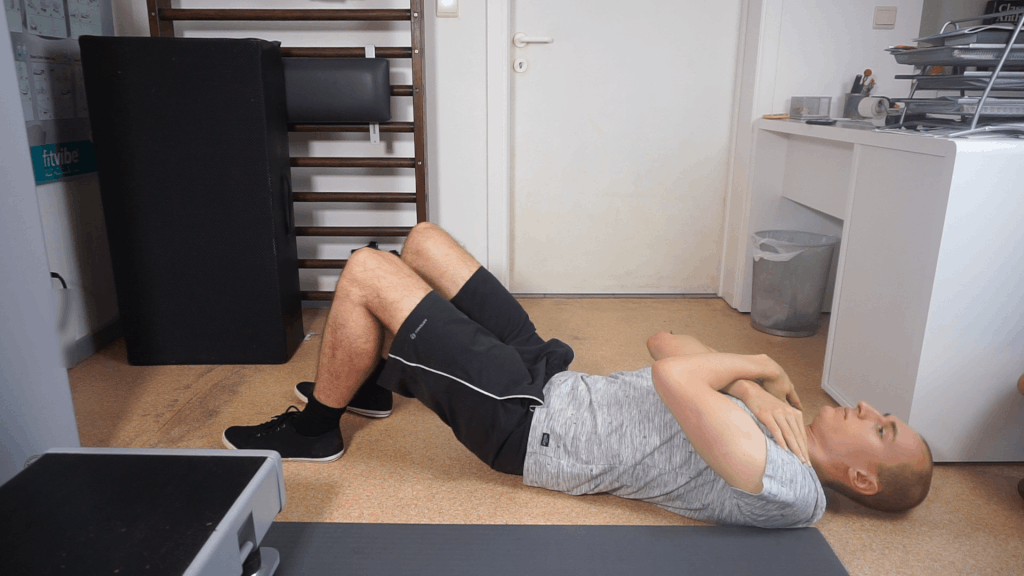
You can describe the crunch more or less as half a sit-up. This makes it a slightly more back-friendly alternative than sit-ups.
To build the most muscle mass you want to do about 4 sets of 10-40 crunches depending on how advanced you are.
2. Ab wheel knee roll-out
The ab wheel is a small piece of fitness equipment that is a wheel with two handles. It may not look like much but ab wheel exercises can offer a great ab workout.
Take the following steps to do an ab wheel knee roll-out:
- Start with your face facing the floor on your knees and with your hands on the ab wheel.
- Stretch your hips so that your body is in a straight line from your knees to your shoulders.
- Roll forward in a controlled motion, preferably until your stomach is right above the ground.
- Slowly roll back into the position of step 2.
If you are more of a beginner you can start with smaller distances instead of until your stomach is right above the ground. The knee roll-out is only one option.
If you like this piece of fitness equipment, there are many other ab wheel exercises to choose from.
3. Lying leg raises
Take the following steps to do a lying leg raise :
- Lie down on your back with your legs stretched and right next to each other on the ground. Put your arms on the ground at your sides for balance.
- Slowly turn your hips and move them toward your chest. In theory, your legs should not really move relative to your hips. You can go as far as raising your lower back off the ground. Keep the middle of your back on the ground.
- Slowly lower your legs back to the ground.

Lying leg raises can be a more lower-back friendly sit-up alternative to work out your core muscles.
4. Air cycling on the captain’s chair
The captain’s chair, also known as a “power tower” and “knee raise station”, is a great ab machine you can find at the gym or at home if you have the budget.
You can describe it as an elevated chair without a seat. Its armrest and backrest are usually padded to make it more comfortable since your arms and back will be the body parts that keep your feet off the ground.
This gym machine allows you to keep your legs hanging freely without too much effort from the rest of your body.
In turn, this opens up the ability to do a wide variety of ab exercises on the captain’s chair that make great alternatives to sit-ups.
One exercise example is air cycling, to do this exercise start in the basic captain’s chair starting position and then take the following steps:
- Start raising one knee upwards. Let gravity do its work on your lower legs throughout the exercise.
- Raise the knees to at least hip height.
- Start lowering this knee while at the same time raising the other knee the same way.
- Repeat for a number of repetitions or a certain amount of time.
This exercise resembles doing high knees in the captain’s chair. If you want to do this exercise with external weights you will have to use ankle weights instead of a dumbbell.
5. Windshield wipers
Take the following steps to do a windshield wiper:
- Lie down on your back with a 90-degree angle in both your hips and knees. Stretch out our arms to the side for balance.
- Slowly tilt your legs sideways to one side as far as comfortable. One side of your hips will come off the ground.
- Raise your legs into starting position and repeat the movement on the other side.
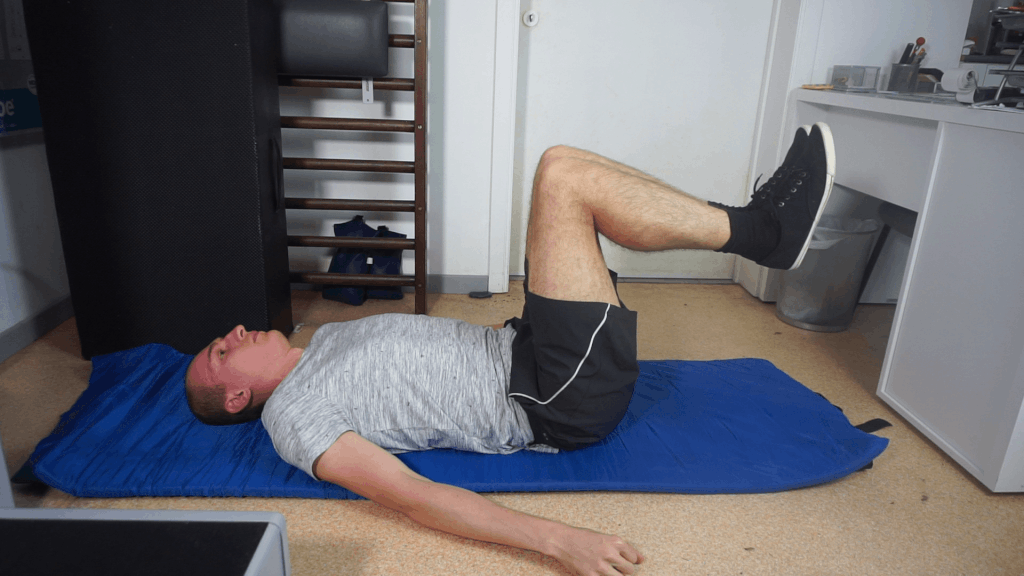
If regular bodyweight windshield wipers are not challenging enough you can use external weights like ankle weights or a weight plate to make this ab exercise more challenging.
6. Reverse crunches
Take the following steps to do a reverse crunch:
- Lie down on your back with a 90-degree angle in both your hips and knees. Your arms start resting on the ground at 90 degrees out from your shoulders or just next to you for stability.
- Slowly move your knees towards your chest while keeping your hips and knees in a 90-degree angle. To do this your hips and lower back will come off the ground. Stop right before the middle of your back would come off the ground too.
- Lower your lower back, hips, and legs back into starting position in a controlled motion.

The reverse crunch can be a good alternative to sit-ups if you have any trouble with your neck or back.
7. Cable sit-ups
The cable machine is a type of gym machine where a steel frame holds weights and pulleys.
Thanks to the cable going through these pulleys and attached to these weights you can do many types of strength training exercises for a wide variety of muscles including your abs.
One example of a sit-up alternative you can do with the cable machine is a cable sit-up:
- Sit on your knees in front of a cable machine where the pulley is at a high setting with your face toward the machine.
- Grip the cable handle and pull it down to about chest height.
- Do motions similar to regular sit-ups.
Doing the sit-up with the cable machine instead of with your back on the ground makes it easier to add extra weight to the exercise. This is especially helpful for individuals more experienced with resistance training.
8. Flutter kicks
Flutter kicks involve the following steps:
- Start lying down on your back with your legs stretched and right next to each other on the ground. Your arms start resting on the ground at your sides for balance.
- Push your lower back against the ground with the help of your core muscles. The goal is to keep your lower back pushed to the ground throughout the exercise if you want to train your core muscles.
- Keep your legs more or less stretched and together while you move up your feet until your legs make 90-degree angles with the ground.
- Slowly lower your legs until you either can’t keep your lower back on the ground anymore or until they are right above the ground. The more experienced you are with core training the closer you will be able to get to the ground.
- While keeping the other leg stretched, elevate one leg a small amount.
- While lowering this leg back to starting position elevate the other leg in the same way.
- Keep repeating this alternation between the two sides.
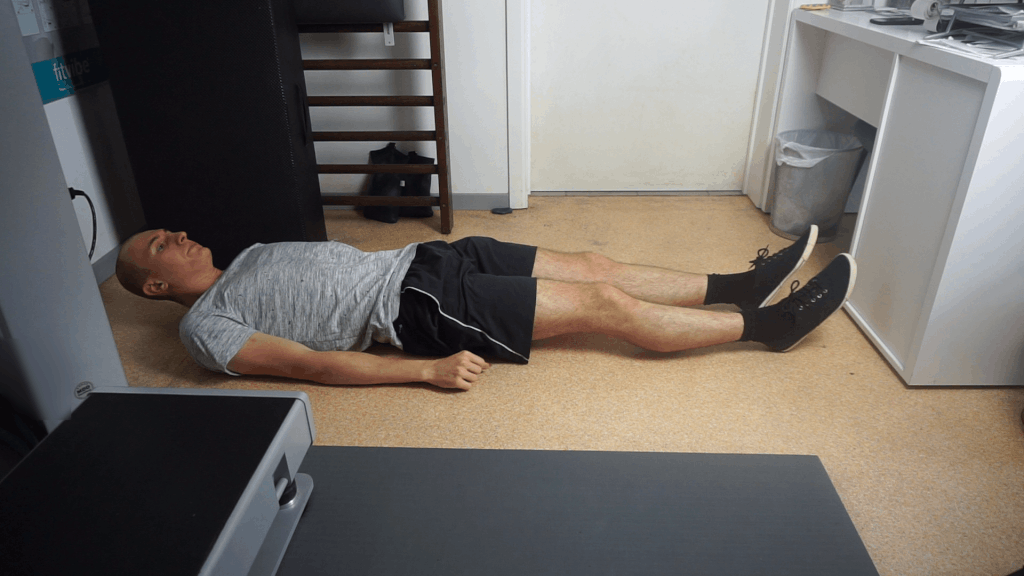
Flutter kicks are similar to the movement you make with your legs while swimming crawl. This is a movement that does a good job of engaging your abs.
9. Roman chair twist
The roman chair is a type of fitness equipment that comes down to two pads, one elevated to lean on with your hip/back/upper legs, and one closer to the ground to keep your feet in place.
Besides training your abs, roman chair exercises can be helpful for strengthening your lower back muscles. This benefit can also be a disadvantage for people with a history of lower back problems.
One example of a sit-up alternative is the roman chair twist, take the following steps to do one repetition:
- Take place on the roman chair facing upwards with your butt/upper legs on the pad and your feet behind the foot support. Make sure your feet and hips are in a stable position and keep your body in a straight line as the starting position.
- Raise your upper body so it is at about a 90-degree angle with your upper legs.
- Slightly twist your upper body to one side and then to the other side.
- Return to starting position.
The roman chair twist does mainly engage your ab muscles but due to the sideways movement also your obliques a certain amount.
For this reason, the roman chair twist is not the perfect sit-up alternative but a great ab exercise anyway.
10. Heel taps
The next sit-up alternative may look less impressive than some of the previous options but the important thing is that heel taps can help you make your six-pack stand out more.
Take the following steps to do heel taps:
- Lie down on your back with your feet on the ground. Your arms are stretched by your sides.
- Raise your shoulders and push your lower back against the ground with the help of your ab muscles. Keep your neck in line with your upper body.
- Slightly turn your upper body to one side and reach with your hand toward the heel of the foot on this side. You can actually tap it as the exercise name implies but the important part is turning your body far enough.
- Return to the position in step 2. Try to keep your shoulders off the ground during the exercise.
- Repeat step 3 but turn your body to the other side.
- Keep tapping each heel alternately.
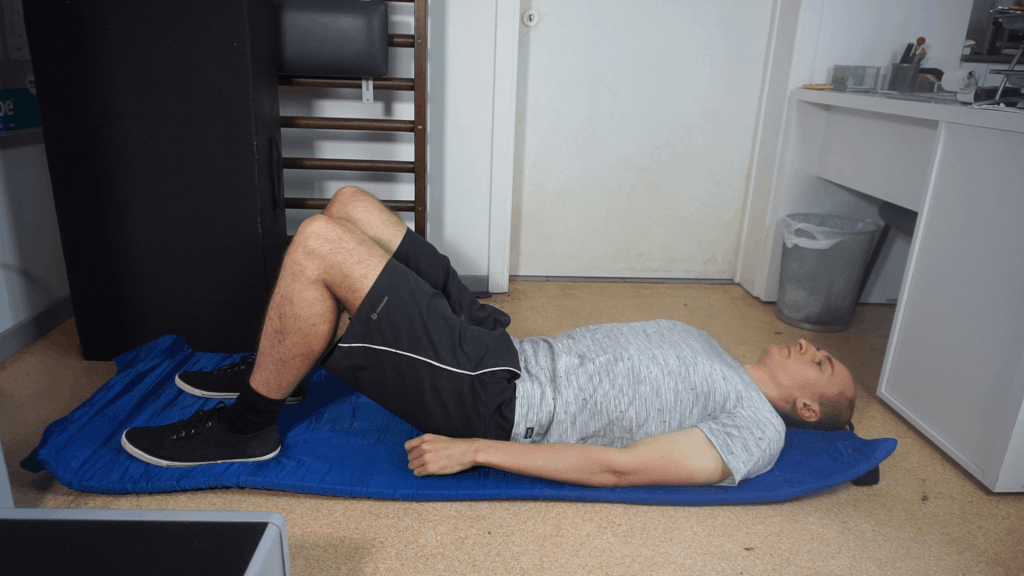
11. Plank
This next exercise is another popular way to work out core muscles. Take the following steps to do a plank:
- Start with your face facing the floor on your elbows and knees.
- Move your feet back until your body is in a straight line. This means that your knees will be off the ground and that you are resting on your feet and elbows.
- Hold this position for an extended period of time.
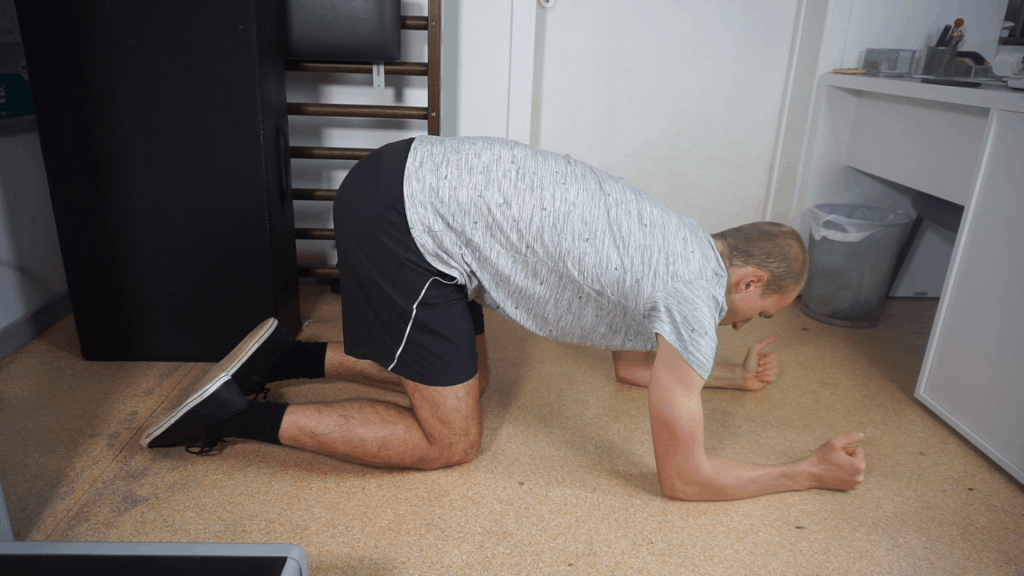
Planks are a type of isometric exercise. In simpler words, this means that you engage your muscles in a more static way, without moving a lot.
On the other hand, you have isotonic exercises where you engage your muscles in a dynamic way, by moving.
Isotonic exercises are generally more useful for building muscle. That means that the other isotonic exercises on this list are likely better sit-up alternatives than planks for building bigger ab muscles.
At least if you don’t find the more dynamic exercises too uncomfortable on your spine.
